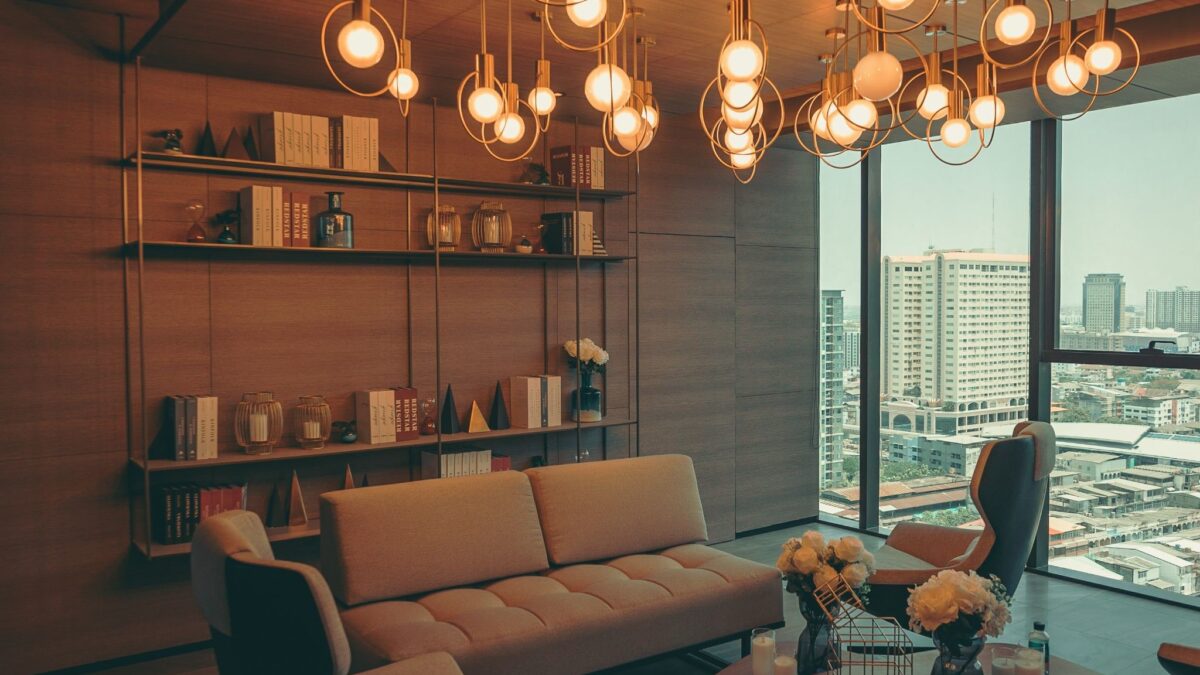It is common to fall into the trap of pretty furniture you do not need and end up stuck with a weirdly placed coffee table that you keep tripping over. These small mistakes are not only unpleasant, but mainly impractical for the homeowner. This is where the role of the modern living room interior designers comes in handy. Their experience and expertise are not to be looked over when it comes to designing your home. The interior design of the Living room decor can be tricky, but with these important pointers, you will be able to impress your family and friends with what you did with your home!
Furniture against walls
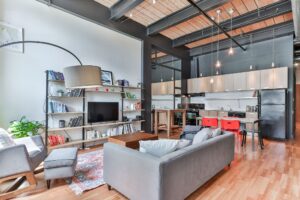
The first big no no when it comes to interior design is always pushing the furniture against walls. Not only does that take up space, but also turns into an awkwardly spaced conversation. Pushing all the seating towards a wall can make the distance between the people seated further than it should. Seat placement should always go around the main coffee table in the middle. Place the TV or entertainment center, distance the coffee table a comfortable distance from it, and place the seating accordingly. Practically speaking, having access to the TV screen and the coffee table to place a drink at the same time is optimal. Doing that will not only make the seating arrangement more comfortable, but can also win space for other things since there is no awkward emptiness between a sofa and the coffee table. The couch will act as a divider in the room that can make way for more activities, or even space for a dining room or even a pool table, wooden dining table, depending on your lifestyle.
#livingroomdesign
Lighting
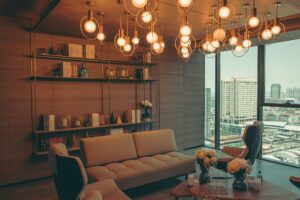
Room lighting is something that is usually forgotten about or even dismissed. Home owners should take into consideration window direction, light placement, and light colors. The interior design modern living rooms specialist usually knows best, but it is important to get the home owner’s opinion as well. Picking a chandelier or a funky lightbulb might look nice, but will it compliment the space’s natural light? Proper lighting can create a more comfortable living space and can even open up a tight space.
#Lightingtips
Too much furniture
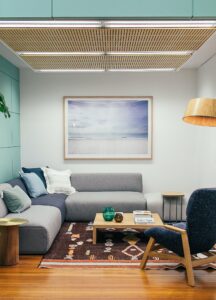
A common problem designer’s face with their clients are ones who impulsively buy too much furniture without taking into consideration the space and dimensions of the room. This scenario often happens when clients find a good deal that they think would look nice in their apartment. When they do buy the piece and come home with it, they realize that it either looks off with the design of the room, does not fit anywhere nicely, or is just not comfortable or practical. Eventually they end up misplaced somewhere in the house taking up too much space and collecting dust and clutter. It is always recommended to start with less furniture and slowly add to them with really nice pieces that you know will fit. An extra chair, coffee table, painting, or even coffee table books should be given a second thought before purchasing. Do not be tempted to buy that couch because it is on sale or just looks comfortable.
#coffeetables
Too many matching items
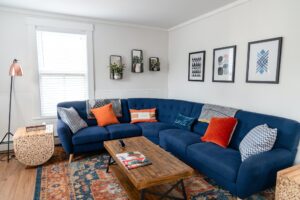
Another trap people fall into is feeling the need to buy everything they think will match the room. Not only will that add more clutter, but can also look unpleasant. If many items match then there won’t be any eye-catching accents to look at. Going for a monochromatic look is different than having the whole living room match the same couch. Having thrown pillows of the same fabric as the couch would be nice mixers with other different and unique pillows that will break the monotonous look. Having these different shapes and sizes will not only add some variety, but also contrast to the overall look of the living room. Different is good!
Walkways

The importance of setting a flow to your living room and homes cannot be stressed on enough! A living room without space for walking or a directed path can be awkward and unwelcoming. Having a path flow directly from the door, to the couch, and to the kitchen are crucial for living functionality. If it is a big room with many living spaces in it, it is important to have access to all of these spaces from all directions of the living room. Same applies to the other spaces. Closing off pathways is not only annoying and impractical, but can also feel uninviting. Taking into consideration the door flow of every room can make your guests feel at home. If a guest walks into a room where the first thing they see is the back of the couch, they are more prone to feeling unwanted rather than having the guest walk into the room and have a natural pathway flow towards a seat in the living room.

